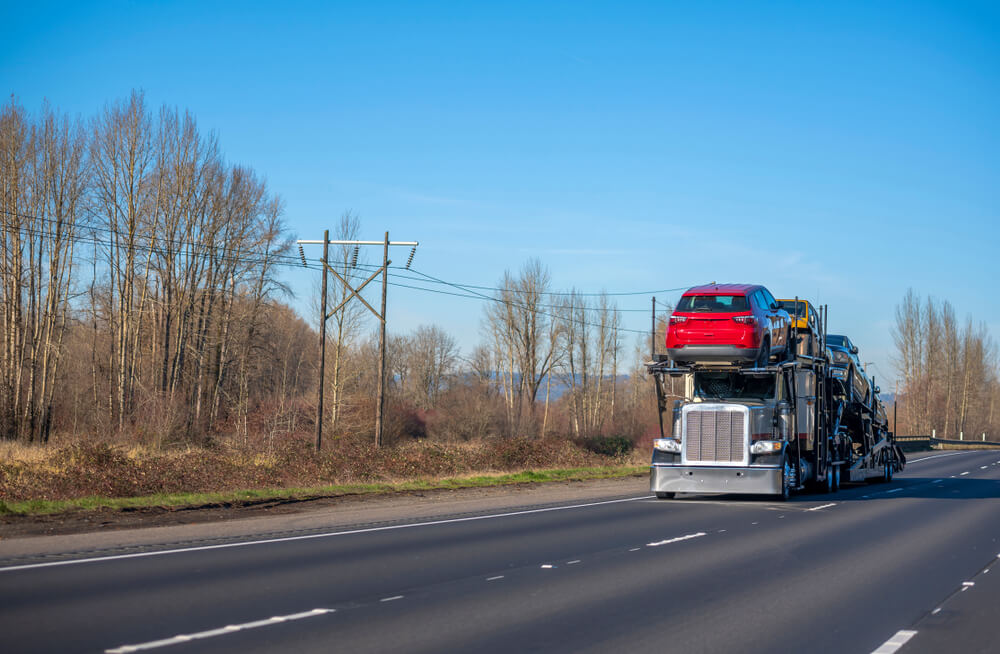
As vehicles become increasingly connected and reliant on digital infrastructure, the risks and threats for auto transport have grown substantially. From GPS systems and telematics to autonomous driving features, modern transportation is now deeply intertwined with advanced technologies. While this digital evolution brings efficiency and convenience, it also opens doors to cyber vulnerabilities that were once unthinkable in the automotive sector. As a result, addressing these challenges is not only a matter of innovation but also of safety and national security.
The Rise of Friendly Car Shippers
In today’s environmentally conscious world, the demand for friendly car shippers those prioritizing eco-friendly practices in vehicle transportation is on the rise. These companies are redefining auto logistics by implementing sustainable methods that reduce carbon footprints while maintaining efficiency and reliability.
The Growing Complexity of Vehicle Connectivity
The rise of smart and connected vehicles has led to the integration of various systems such as infotainment units, vehicle-to-vehicle (V2V) communication, and over-the-air (OTA) updates. Each of these components represents a potential point of entry for cyber attackers. In fact, as more manufacturers adopt software-driven architecture, hackers are discovering new ways to exploit system vulnerabilities to disrupt, surveil, or even control vehicles remotely.
In 2015, cybersecurity researchers famously hacked a Jeep Cherokee while it was driving on a highway disabling its transmission and demonstrating that even moving cars could be manipulated remotely. Incidents like this highlight the potential consequences of insecure vehicle systems and the urgent need for proactive cybersecurity measures.
Supply Chain: A Backdoor for Attackers
One of the lesser-known but equally dangerous areas of vulnerability is the automotive supply chain. Automakers rely on a vast network of third-party vendors and component suppliers each of which may not adhere to the same security standards. A single compromised vendor can serve as an entry point for a broader attack on the entire supply ecosystem.

Data Privacy Concerns in the Digital Driving Age
Connected vehicles collect and transmit vast quantities of data ranging from geolocation and biometric data to driver behavior analytics. This data is crucial for diagnostics, predictive maintenance, and user convenience. However, it also presents a major target for cybercriminals and unauthorized actors.
Unauthorized access to vehicle data can lead to identity theft, behavioral profiling, or even real-time tracking of individuals. In a worst-case scenario, this information could be sold or leaked on the dark web, damaging both consumers and brands. Data protection measures like encryption, anonymization, and secure APIs are essential, but enforcement varies widely across different jurisdictions.
Regulatory Efforts and Global Standards in Cybersecurity
Governments and regulatory bodies worldwide are beginning to take the issue of automotive cybersecurity seriously. The United Nations Economic Commission for Europe (UNECE) has implemented regulations requiring cybersecurity management systems in vehicles, which are now being adopted by several countries and manufacturers.
According to the Federal Motor Carrier Safety Administration (FMCSA), choosing a registered and reputable auto carrier is critical for ensuring your vehicle arrives safely and on time (source).
Best Practices: How the Industry Can Respond
Securing auto transport against cyber threats requires a multi-pronged approach. Here are several best practices that industry stakeholders can adopt:
Secure Software Development: Cybersecurity should be embedded into the software development life cycle (SDLC) from the very beginning, rather than treated as an afterthought.
Penetration Testing: Regular and rigorous testing of both hardware and software components can help identify vulnerabilities before bad actors do.
Employee Training and Awareness: Many cyber incidents occur due to human error. Educating employees from engineers to logistics personnel on cybersecurity hygiene is critical.
Incident Response Planning: Companies must have a comprehensive plan in place to respond swiftly to breaches, minimizing both damage and downtime.
Collaboration Across Sectors: Manufacturers, regulators, tech providers, and even consumers need to collaborate to create a cohesive cybersecurity ecosystem.
Conclusion: Staying Ahead of the Curve
The auto transport industry stands at a crossroads where digital innovation must be carefully balanced with cybersecurity resilience. As vehicles become more autonomous, connected, and data-driven, the stakes for securing them will only increase. Recognizing and mitigating the risks at every level from the supply chain to software architecture is essential to protecting lives, data, and infrastructure.
